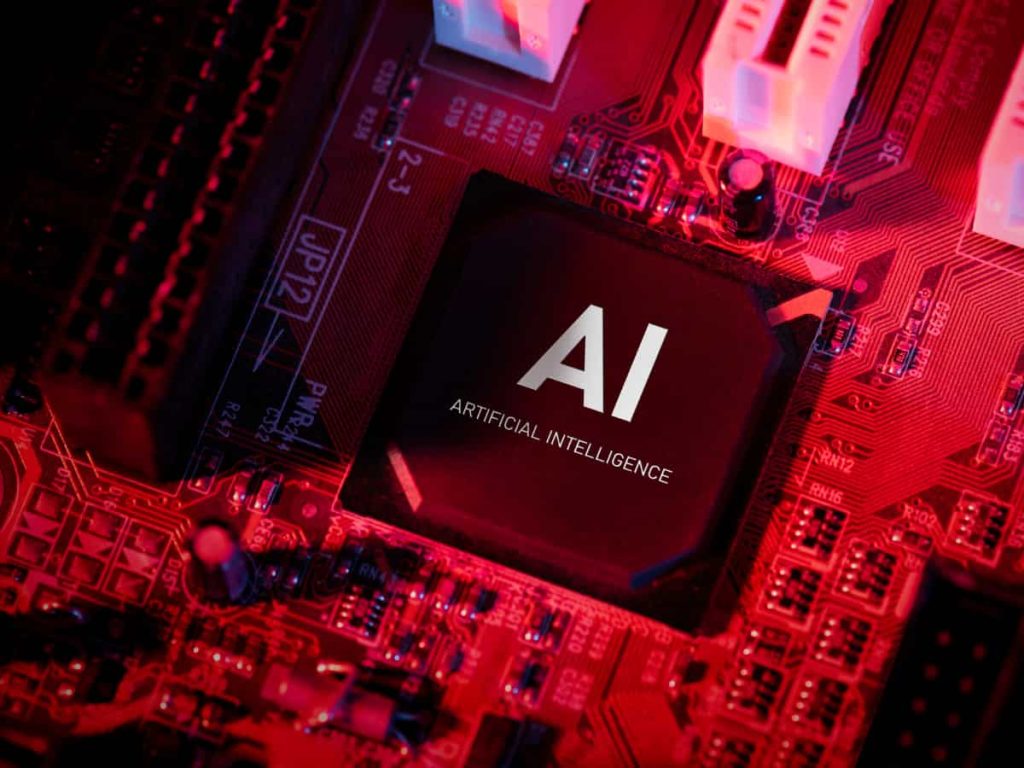Aravind Srinivas isn’t sugarcoating the future. The co-founder and CEO of Perplexity AI has a simple message for young professionals: ditch the doomscrolling and get serious about AI—or risk getting left behind.
“Spend less time doomscrolling on Instagram; spend more time using the AIs,” Srinivas said in a recent interview with Matthew Berman. For Srinivas, AI fluency is no longer optional. It’s the new literacy.
“People who really are at the frontier of using AIs are going to be way more employable than people who are not. That’s guaranteed to happen.”
Six months to a jobless desk?
The urgency in his tone isn’t just motivational—it’s a warning. According to him, entire roles may be swept away by AI, with recruiters likely among the first. “A recruiter’s work worth one week is just one prompt,” Srinivas claimed, referring to the capabilities of Comet, Perplexity’s new AI browser.
Unlike typical search engines, Comet functions like an intelligent assistant. With a single prompt, it can scan resumes, identify top talent, grab emails, and even draft personalised outreach messages—no human intervention needed.
Not just recruiters—EAs are next
And it doesn’t stop at HR. Executive assistants are also in the line of fire. Comet, when granted access, can manage your email, schedule meetings, resolve conflicts, and even prep summaries before calls.
“Humans won’t be doing these tasks anymore—they’ll just tell AI what result they want, and the AI will handle the rest,” Srinivas said.
It’s a bold vision of the workplace—streamlined, efficient, and potentially jobless for those whose roles are largely repeatable.
The clock is ticking
Srinivas believes the world is underestimating the speed of change. With AI capabilities doubling every few months, the pressure to adapt has never been higher. “The field is moving in cycles of three to six months,” he said. “The human race has never been extremely fast at adapting.”
And so the message isn’t just about learning once—it’s about constantly reskilling. “Staying still could mean getting left behind,” he repeated.
Build or be replaced
Srinivas isn’t without hope. He sees a path forward: learn to build, or at least learn to work alongside AI. While some jobs will vanish, others will be created by those who understand how to wield AI as a tool, not just fear it as a threat.

